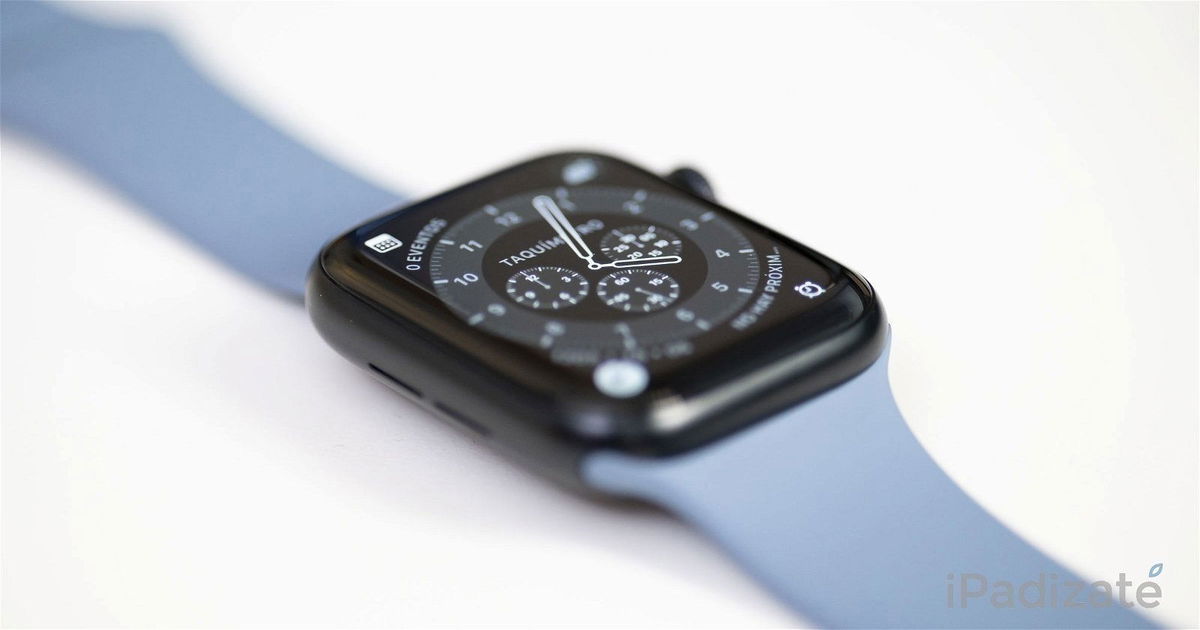From capitals to small municipalities, many Brazilian cities have improved public safety by putting a new spin on traditional equipment. We know the result as follows: ““digital wall” or ““electronic wall”.
This is an integrated system. Surveillance resources such as cameras, artificial intelligence (AI) and monitoring team installed in various parts of the city in real time. It is used to prevent or fight crime, to help track down suspects in cases of robbery, theft, cloned license plates, serious traffic accidents and other incidents.
Digital walls can also help find fugitives, fugitives, and people with legal problems.
But the technology used goes beyond watching video, and the watchful eyes of these systems Concerns already discussed by experts in sectors such as Human Rights and cybersecurity.
What is a digital wall made of?
Implementing a digital wall varies by city, project, and even budget, but may include the following elements:
- Monitoring cameras;
- Operations center or expert team of the Secretariat of Public Security;
- Notice passing information from databases and other materials;
- Information sharing among security forces;
Cameras read license plates or facial recognition. In addition to cameras in vehicles and uniforms, they are positioned in places such as city entrances, public roads, parks or squares, schools and tourist attractions.
It is also possible to quickly consult missing persons, deaths, stolen vehicles and those wanted by the courts by comparing the results already collected on video.
Besides comparison with crime databases or illegal cars, this type of service also has extra functions: Civil Defense in Curitiba, for example Uses visuals to provide assistance in situations such as flooding. Also video recordings Can also be used as evidence in criminal investigations.
Projects can also integrate the private sector for monitoring of major events; A football match earlier this year resulted in the arrest of a man who had been smuggling drugs for four years, identified through stadium biometric data.
“In some cities, walls rely on the help of artificial intelligence”automatic detection of suspicious activity” And “recognizes unusual patterns and behavior“. If the system is statewide, municipal operation centers can be integrated to facilitate monitoring.
Some conclusions from the wall
According to official data of the state of São Paulo, where the call was made Paulista Wall The project, which became official in September 2024 after months of testing, has different applications. Helped recover 107 stolen cars in the first half of 2024 alone In the greater ABC region The volume of robberies also decreased.
Last year, With the help of technology, 19,300 people were arrested across the state in different situations. After all, 10 thousand smart cameras are currently in use in São PauloIncluding cities in the metropolitan area.

The main arguments of the secretariats for the implementation of digital walls are not only precision in operations, but also Shortening response time to alerts and reducing costs with agencies, vehicles and logistics.
“Technology helps us a lot in our daily lives. gives you access to information that security guards cannot access in person“It’s like making a map of the places with the highest crime rates,” Paraná’s Minister of Public Security, Romulo Soares, told the state news agency.
Feeling of peace or alertness?
Consulted experts TecMundo We agree that projects like Muralha Paulista run counter to traditional public safety proposals. But they also produce “a normalizing feeling of hypervigilance“.
According to Lucas Lago, a member of the Aaron Swartz Institute, an institution that promotes and discusses, among other things, the use of technologies that respect individual and collective autonomy, there are issues that need to be observed and discussed from a human rights perspective. . “Projects called ‘digital walls’ are often built on a tripod of massive surveillance, use of artificial intelligence, and centralization of data.” he explains.
Brazilian Data Privacy co-director Rafael Zanatta explains this, arguing that it is necessary to look beyond the equipment when creating a security strategy. “It’s important to consider: Techno-solutionism is always a trap. “Technologies will not solve social problems,” he argues.
Referring specifically to the decree creating the Muralha Paulista, Zanatta states: There are gaps in disclosures and guarantees on issues such as protection of personal datawithout many guarantees of data anonymization and risk mitigation.
Another controversial issue is the use of citizen data by partner companies, some of them foreign, that can train language models based on this information. “There is no social equivalent of the population producing this data. On the contrary: it is the taxpayer who pays for this software to be connected,” explains Zanatta.
From a cybersecurity perspective, both cite information concentration as a risk because the architecture of these systems reduces access to information to a few responsible parties. to the lake, This brings efficiency to the process, but also makes the rise of authoritarianism inevitable..
Finally, the artificial intelligence of these systems raises concerns about possible discrimination. “There are cases where people carrying musical instruments are incorrectly classified by AI systems as people carrying weapons.
Therefore it is necessary Great attention should be paid to the auditing of artificial intelligence systems and social control over their capabilities.“, suggests the co-director of Data Privacy Brazil.

This is also a point cited by Lago, based on cases and studies that have already proven that algorithmic bias exists in artificial intelligences. “It is known that Artificial intelligence is a technology that has a high failure rate even in simple classification tasks. and especially prejudiced in their treatment of black people,” he recalls.
With digital walls already erected in many cities, the work of activist and privacy protection groups has been to explain that criticizing such projects is not condoning crime, but opposing overcautiousness.
Raising awareness, mobilizing civilian or defense institutions when necessary, and providing space for public questions are seen as possible ways to respond to these systems.
Source: Tec Mundo
I am a passionate and hardworking journalist with an eye for detail. I specialize in the field of news reporting, and have been writing for Gadget Onus, a renowned online news site, since 2019. As the author of their Hot News section, I’m proud to be at the forefront of today’s headlines and current affairs.










